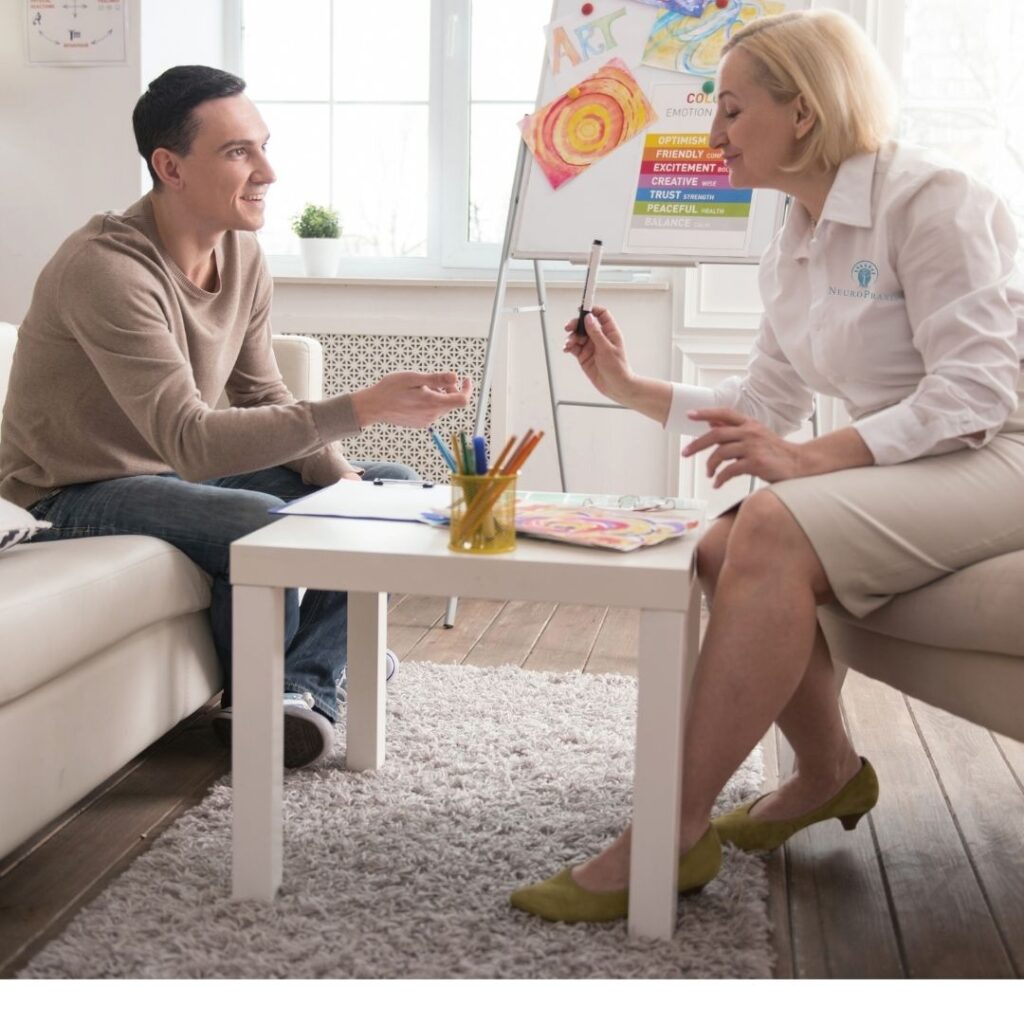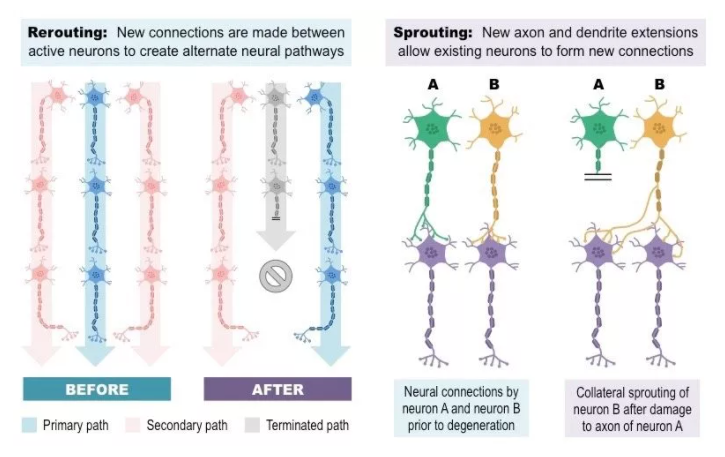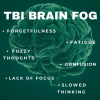The creative process of making art enables traumatic brain injury survivors to support healing. The brain injured person remembers who they were before the accident. They had hopes and dreams before the injury and when those are taken away suddenly, a heightened feeling of failure and loss takes over. They have to grieve for the loss of their former lives and learn to reengage in new ways. While modern medicine can heal the body on a technical level, art is a rehabilitation for the brain by building new neural connections.
Art Changes Consciousness
According to author Jake Devaney “When you observe a profound piece of art you are potentially firing the same neurons as the artist did when they created it thus making new neural pathways and stimulating a state of inspiration. This sense of being drawn into a painting is called “embodied cognition”.
Neuroplasticity
Our brains are adaptive and alter in response to injury and this resembles the flexibility of “plastic”. Neuroplasticity is the brain’s ability to adapt to damage by forming new connections. It is the human brain adapting and mastering new skills to aid in recovery after a TBI.
The brain can literally “rewire” itself and create new pathways. This is a process called sprouting and rerouting which creates new connections between nerve cells or neurons. Sprouting creates new connections and rerouting finds another pathway to connect neurons.
How Does Neuroplasticity Work?
Neurons communicate using electrochemical signals that are transmitted through a highway called the synapse. Stimulating this neural pathway with repetitive memory forming functions strengthens the communications between neurons. And the brain has the ability to create new synapses with is activated by cognitive training i.e. therapy.
The act of creating art helps brain injury survivors…
- Improve cognitive abilities
- Improve memory, reasoning, and logic
- Improve attention, auditory & visual processing
- Redevelop fine motor skills while doing activities, like holding a paint brush
- Stimulate mental and physical activity
- Explore non-verbal and verbal expression
- Learn coping strategies for challenges
- Express feelings about emotional and physical trauma
- Strengthen self-esteem
- Foster personal growth and wellness
- Helps the grieving process
- Gives outlet to express anger
- Helps relieve depression
- View themselves as a unique individual
- Acceptance of their new selves
According to a recent study, art therapy helped traumatic brain injury patients in rebuilding their self-identity. The results also showed an increased ability to adapt to the experiences of life as well as a higher level of awareness, social functioning and emotional autoregulation.
The patients, furthermore, exhibited reductions in depression and in the perception of physical problems. These results highlight the importance of treatments focusing on the patients’ emotional needs. Art therapy encourages emotional growth and self-discovery that involves both creating art and discovering its meaning.
Art Therapy enhances Brain Function
Art Therapy for TBI uses different art forms to enhance cognitive ability and should incorporate one or more than the following: dance, creative writing, music, and visual arts like painting. Introduction to the tools and techniques as well as fundamentals of art and design enable the TBI patient to develop his or her own unique style, feel comfortable about expressing themselves, all while relearning fine motor skills.
Art Therapy for TBI patients is also a way to re-connect with their community and give a sense of usefulness. There is increasing scientific evidence that proves art therapy enhances brain function because it has a direct on pact on brain wave patterns.

Art Therapy Helps TBI
Art Therapy for Brain Injury Rehabilitation aides in the recovery process by allowing patients to utilize fine motor skills, tolerance to stand, communication, endurance, feeling expression, relaxation, and problem-solving skills. Art allows patients to be creative and motivated at the same time.
It helps improve quality of life by being able to express feelings and fears. And it also helps patients find acceptance with their disability and ultimately contentment.
According the American Art Therapy Association, sensory opportunities invite alternative modes of receptive and expressive communication, which can circumvent the limitations of language. Visual and symbolic expression gives voice to experience and empowers the individual.




